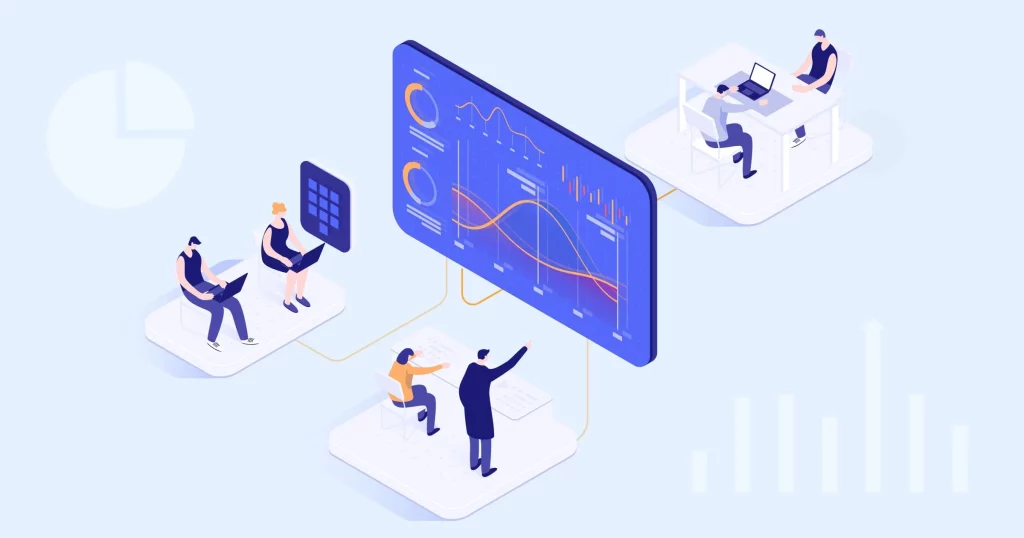Are third-party risks crucial? Do we really need to worry about vendor risk after signing off the contract? How to screen for third-party risks?
These are some of the many questions businesses like yours are seeking on search engines. If you are here, let me tell you, your search ends here.
Vendor performance and third-party risks are never static. Monitoring them on an ongoing basis is not a choice but rather an obligation. With consideration of the evolving financial landscape and measures of running a business, outdated strategies of risk monitoring are not relevant anymore. The question remains, what are the best ongoing risk monitoring practices to follow in 2024?
This blog will be the answer you’ve been looking for. By addressing opt 4 tips for monitoring third-party risks, this is your chance to understand how AML risk monitoring works.
Can Ongoing Risk Monitoring help your business?
Before reaching a conclusive yes or no, Explore why and where risk monitoring is needed with an individual guide dedicated to the ongoing risk assessment.
To decide better, ask yourself the following questions:
1. Could vendor risk change frequently due to changing economic dynamics?
2. Is it important to develop a unique risk profile for each vendor so alerts become manageable?
3. Are you in favor of customer due diligence despite onboarding a vendor with a risky background but without any solid evidence?
If the answer to these questions is yes, ongoing risk monitoring after a set interval may help manage a vast set of profiles without the hassle of tracking each of them manually.
Let risk monitoring software do the job of surprising vendor risks before they impact your business. Want to give it a try? Experience the open search feature of AML Watcher giving hands-on trial experience in risk assessment across sanction lists.
4 Ways For Best Third-Party Risk Assessment
Risk assessment is a complex task as risks are an integral part of the financial landscape. To ensure effective risk assessment, it is essential to maintain ongoing monitoring as an inherent part of AML/CFT Compliance.
Effective risk assessment not only allows for precise risk detection but also allows the compliance team to manage risks ahead of time before they escalate ensuring that your business stays on the right track with the right steps as follows:
- Monitor Alerts
As part of the risk assessment process, ongoing risk alerts are the most common way to proactive protection against risks. An efficient AML risk monitoring software involves a consistent eye for risks luring in the background.
The ongoing risk monitoring process involves setting a risk score threshold for alerts to reach your system. Any individual surpassing that threshold would be automatically flagged by the system. By using such risk matrices, the compliance team can ensure no risk tamper with the security of your business while maintaining a strong focus on prioritized alerts.
- Risk intelligence tools
The 21st century is all about tech advancements. Crime alone has reached an advanced level of conduct, making it impossible to detect them using traditional measures.
Incorporating smart risk management solutions into your workflow can offer real-time insights about changes in risk levels, and domain-specific risks, improving the overall oversight of your business to manage third-party risks. To name a few cross-border language analysis, screening without jurisdiction barriers, and sentiment analysis of adverse media are some of the many risk intelligence adaptations in AML screening software.
- Risk Type Analysis
Developing a framework of relevant risks for your business is crucial in managing efficient third-party risk assessment. The global interconnectedness of business dynamics and advancements in technology have convinced users of fast operational processing.
Managing a high volume of alerts while not letting them interfere with the accuracy percentage in risk detections is nearly impossible.
Instead, opting for only relevant insights into your system with structured categorical information on the type of risks associated with an entity is among the top ways to lead the third-party risk assessment.
- Due diligence interval
Mere detection of risks doesn’t make them threatening. Want to know why? A third-party risk in jurisdiction might not be relevant in the jurisdiction you might be operating within.
Therefore, setting up regular intervals of due diligence for such risks, helps handle risks without reducing the partner base.
What’s the Key Takeaway?
Ongoing risk monitoring services are unavoidable in any case. When it comes to third-party risk analysis, any serious threats or red flags help you stay ahead of the fraudsters luring your business into hideous acts of corruption and money laundering.
The year 2024 will be all about crimes smart enough to be detected by traditional screening measures thus demanding to prepare for the scenarios using advanced screening technologies before the crimes are left undetected and mess with your busienss for real.
Also Read: https://alpinecasino.co.uk/

